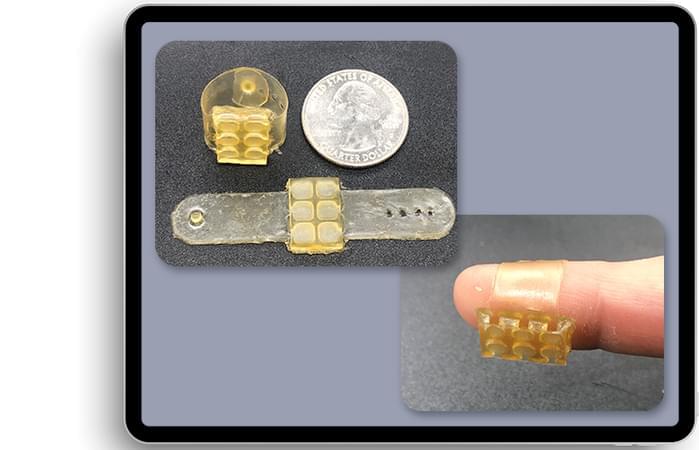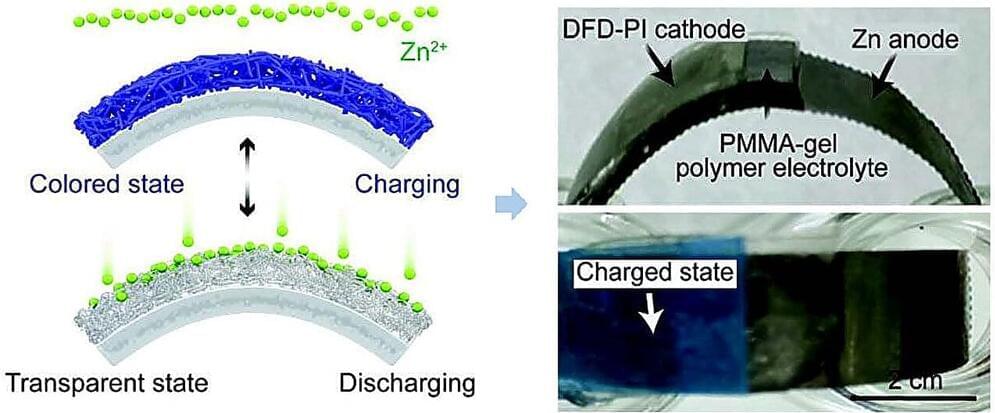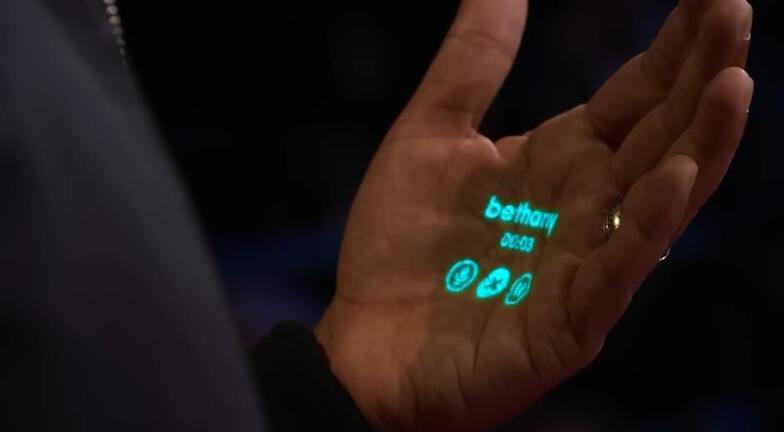
Researchers from the University of Cambridge have unveiled a surprising discovery that holds the potential to reshape the landscape of electrochemical devices. This new insight opens the door for the creation of cutting-edge materials and paves the way for enhancements in sectors like energy storage, neuromorphic computing, and bioelectronics.
Electrochemical devices rely on the movement of charged particles, both ions, and electrons, to function properly. However, understanding how these charged particles move together has presented a significant challenge, hindering progress in creating new materials for these devices.
In the rapidly evolving field of bioelectronics, soft conductive materials known as conjugated polymers are used for developing medical devices that can be used outside of traditional clinical settings. For example, this type of material can be used to make wearable sensors that monitor patients’ health remotely or implantable devices that actively treat disease.


















